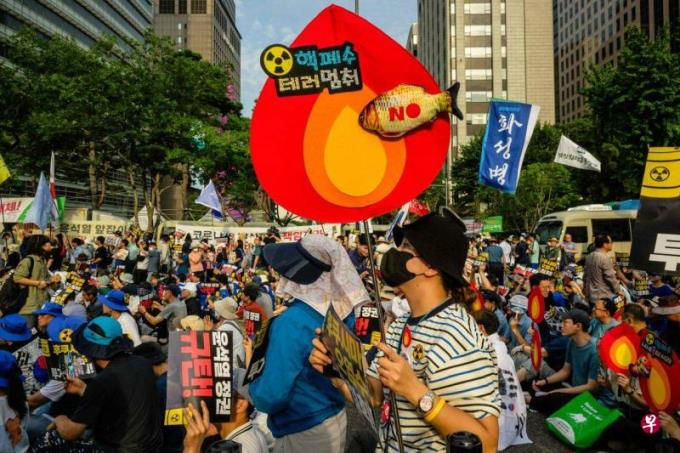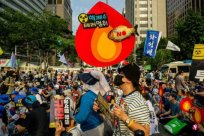
After the treatment of water in the Fukushima first nuclear power plant in Japan began to be discharged into the ocean, the Ministry of Environmental Ministry said that no radioactive substances were found in seawater sample testing, which means that the level of radioactive substances is within the safe range.
Reuters reported that , the first round of emissions will last 17 days.
The Japanese environment saves Sunday (August 27) that the official collects seawater samples at 11 locations in the surrounding waters to investigate the concentration of Tritium (Tritium).The test results show that the concentration of the 浓 is lower than that of the lower limit of the detection, that is, less than 7 to 8 to 8 Berkler (BQ/L) per liter.Officials emphasize that sea water "does not have adverse effects on human health and environment."
Becquerl is a radioactive measurement standard. The limits of the emission concentration developed in Japan are 700 Berchler per liter.Drinking water radioactive substances stipulated by the World Health Organization is limited to 10,000 Berchlerk per liter.
A Japanese official told Reuters on Sunday that at least in the next three months, the official will announce the test results once a week.
In addition, according to the Yonhap News Agency, three experts from the Korean Atomic Energy Safety Technology Institute set off to Japan on Sunday to check the situation of the Fugshi Nuclear Power Station to deal with the water discharge.
The results of the seawater sampling detection released by Tokyo Electricity on Friday (25th) show that the concentration in the seawater near the nuclear power plant is lower than 10 Berkler, and as of Sunday, it has not changed significantly.



